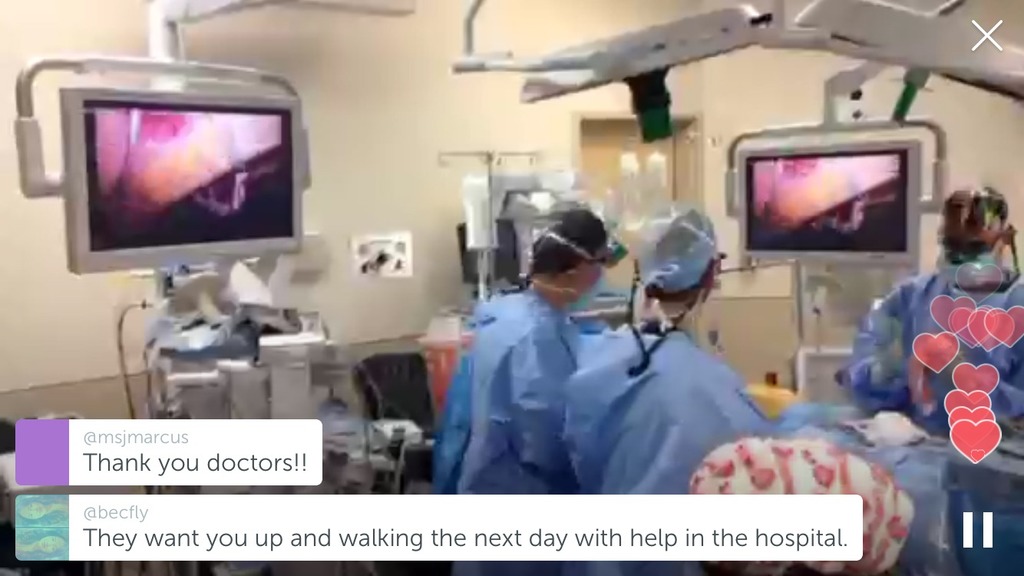Live Streaming Surgical Procedure on Periscope Helps Families Decide
// By Jane Weber Brubaker //

Cody Miller, Olympic Swimmer and Gold Medalist
It took an Olympic swimmer to raise public awareness of pectus excavatum. Cody Miller won a bronze medal in the men’s 100 meter breaststroke in the Rio games, and then followed up with a gold medal in the men’s 4 x 100 meter relay. It was a triumph that went beyond the swimming pool, and beyond sport. Miller was born with pectus excavatum, a chest wall deformity characterized by a caved-in appearance.
The condition can cause compression of the heart and lungs. “Doctors have said my maximum breathing capacity is likely reduced by 12-20 percent,” Miller said in a post on Imgur last summer.
Pectus excavatum can be corrected through a surgical procedure, known as the Nuss procedure. Jackie Hurley is Surgical Coordinator for the Pectus Program at Phoenix Children’s Hospital, where the Nuss procedure has been performed more than 700 times. “In the recovery room, the first thing many of my patients say is ‘Oh my gosh, I can breathe!’” says Hurley.
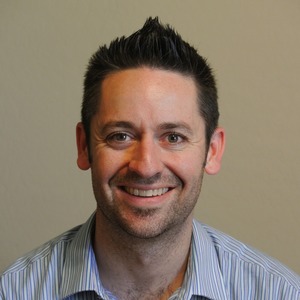
Jared Johnson is Digital Marketing Manager at Phoenix Children’s Hospital
When a high-profile event like the Olympics hands you an ideal opportunity to educate families and showcase your health system’s capabilities in a unique and original way, you jump on it. Jared Johnson is Digital Marketing Manager at Phoenix Children’s Hospital. “We were looking for the right program, the right procedure that would make sense to do something new,” says Johnson.
He had a willing collaborator in Hurley. “She is very supportive of using social media to spread the word about the program,” says Johnson. The two proposed a live broadcast of the Nuss procedure using Periscope, and the organization gave them a green light.
“Periscope came up as part of our broader push to involve more video, particularly live video in our content strategy,” says Johnson. Periscope has a social component, allowing viewers to like and comment on content as it is happening during the live broadcast. Johnson feels one of the valuable aspects of Periscope is that it is integrated with Twitter and doesn’t require marketers to build an audience in another social channel. In addition, viewers can watch without having to create a Periscope account. “I think the accessibility definitely makes it very appealing,” he says.
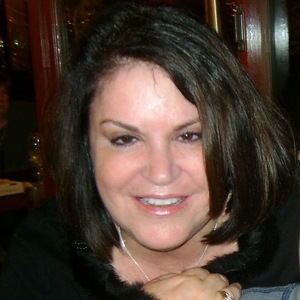
Jackie Hurley is Surgical Coordinator for the Pectus Program at Phoenix Children’s Hospital
Hurley discussed the plan with a family whose 13-year-old son was scheduled for the procedure, and the family enthusiastically agreed to participate. Hurley says, “They felt a little lost themselves when they were doing their research and they thought, ‘If we can help educate other families that are in the same situation we are, as well as help train physicians that are learning the procedure, we are in favor of it.’ They wanted to pay it forward.”
To prepare for the live broadcast, Johnson worked with IT to make sure the bandwidth in the operating room was enough to stream live to the internet. “The hardest part to understand for those not familiar with Periscope was that this was not a video that you used a regular video camera for. You had to use an iPad, you had to use a device that can transmit to the internet,” Johnson says.
Conducting a beta test was another challenge, due to the nature of Periscope. “When you’re broadcasting on Periscope, you’re broadcasting live,” says Johnson. “We did a couple of tests from a conference room in our office. They were 30 seconds or less, and then we deleted them, just to make sure we could log on from multiple iPads at the same time.”
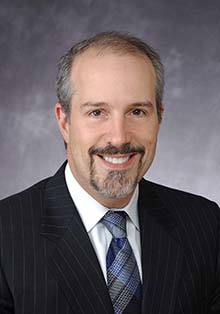
Dr. David Notrica, Pediatric Surgeon at Phoenix Children’s Hospital
Pediatric surgeon Dr. David Notrica performed the Nuss procedure for the Periscope broadcast. “Patients have a lot of curiosity about the surgery and also a lot of misunderstanding of the procedure and what it involves,” he says. “Sometimes the best way to dispel that is simply to show them what it is.”
The broadcast attracted a live audience of 324. Hurley was stationed in a consultation room next to the operating room, and responded live to questions during the procedure. “We created this instant online community for those who were trying to learn more about the pectus procedure, and it was a community that, as far as we were aware, had never really come together in that way,” says Johnson.
Some of the audience members were families considering the procedure. After watching the Periscope broadcast, several of them decided to have the procedure at Phoenix Children’s Hospital. “They all expressed how much relief they had after watching the procedure,” says Hurley. Since the live broadcast, the 40-minute video, which is hosted on Periscope, has been replayed more than 700 times.
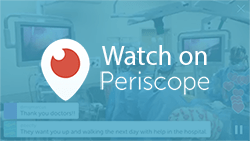 “It was really fun to do, but we definitely breathed easier when it was over,” says Johnson. The team at Phoenix Children’s would do some things differently next time based on learnings from the experience.
“It was really fun to do, but we definitely breathed easier when it was over,” says Johnson. The team at Phoenix Children’s would do some things differently next time based on learnings from the experience.
Seeing What the Surgeon Sees
Dr. Notrica says, “The live feed from the camera is just so critical. The operation is not what we do on the outside or watching the surgeon’s hands move. It’s watching what the surgeon watches, which is the inside. As we move the heart out of the way in order to do the procedure, and as we carefully place the bars in between the heart and the sternum. That’s what they need to see.”
Play by Play Narration, Commenting
The only audio used in the first Periscope was the iPad audio, which picked up ambient sound in the OR. In the future, the surgeons would have microphones and explain what they are doing during the procedure. Dr. Notrica also noted that the team responding to viewer questions should be right in the OR.
Regarding the social commenting aspect, Notrica commented, “It was really cool watching people send hearts, afterwards. I didn’t really have a feel for what parts of the case people really found interesting, and the hearts actually give you some feedback—this is what the audience wants to see—and I think that was really insightful.”
Be Conservative When Choosing the Procedure
Dr. Notrica cautions, “I think that it’s really important that if you’re going to do a live surgery that it’s got to be something that is routine for you. I think taking the hardest case that you’ve ever done and putting it on live TV is probably not the right thing to do.” Before the Periscope broadcast, the team agreed that if anything went wrong, they would immediately end the broadcast, with a message for viewers: “To respect the wishes of the parents, we will end the broadcast at this point. Thank you for tuning in.”
Privacy Considerations
During the surgery, nothing identifiable is shown. “You can’t see anything other than the chest we’re operating on,” says Notrica. “You just have to be extremely respectful of the patient.”
Notrica believes Periscope may be a way to help families decide to go forward with the procedure. “One of the big things in medicine is about informed consent,” he says. “It’s hard to consent and give permission for an operation if it’s all theoretical. Families really want to know more about the operation. They should be able to see it and make a choice based on having watched it.”
The families who watched the broadcast and subsequently made the decision to have the pectus procedure at Phoenix Children’s Hospital confirmed that the Periscope broadcast had been a factor in their decision. “That’s kind of a golden formula in healthcare marketing,” says Johnson. “The biggest indicator for us so far is that we really can track those who watched it and said, ‘Yes, that influenced my decision.'”
Jane Weber Brubaker is Editor of eHealthcare Strategy & Trends.


